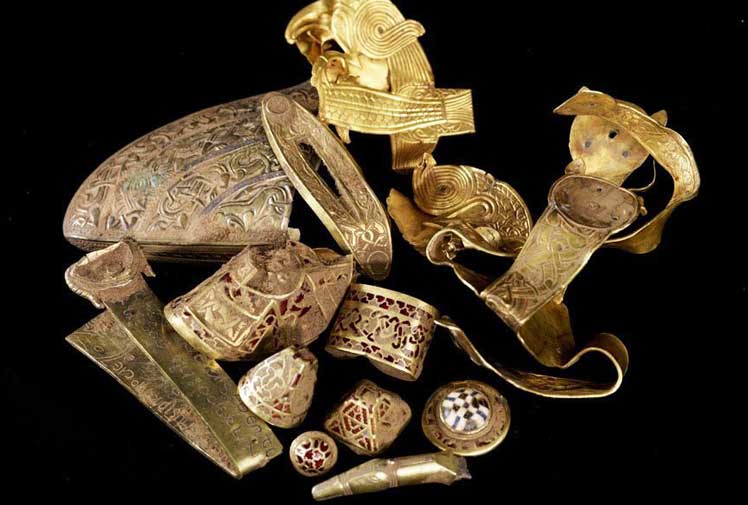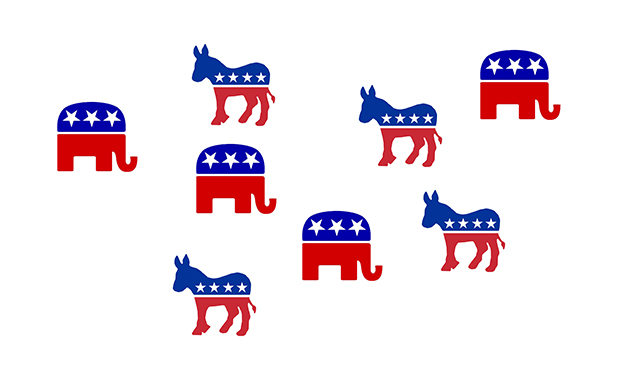Gentle Readers, As you have been undoubtably aware for some time, this blog aims for audience with well above average vocabulary and IQ. You and your fellow readers are a very select group with strong interest in science and product design. You are scientists, engineers, and intellectuals. You have an amazing sense of style and fashion. You are able to see patterns and spot details that escape most of those around you. How do I know? I can see the strong engagement with the material on this blog — it’s all there in black and white numbers provided helpfully by Google day in and out. Some of you might think this letter cynical. But all of you know that this content appeals directly your amygdala — you are as happy to be recognized for your brilliance as I’m for your continued readership of my writing. You all know you are special, and you want to be acknowledged as such by those around you. And not only are you all above average, you are also extraordinarily lucky. Some might call this the “optimism bias”, but you and I know that your chances of success are much higher than the average Joe…
Tag Archive for social processing
Conceptual Design, Cultural Bias, Cultural Differences, Pipsqueak Articles, Product Design Strategy
Special Preview: Visual Aesthetics
by Olga Werby •

Interaction-Design.org is doing an amazing job of developing a textbook for Human-Computer Interaction (HCI) Design. This newest chapter, Visual Aesthetics in human-computer interaction and interaction design by Noam Tractinsky works to tease out the aspects of design that make products appealing, memorable, culturally-appropriate, emotionally satisfying, and beautiful. Beauty & Aesthetics Evolve in Time It’s good to remember that what we find beautiful and appealing changes and evolves in time as well as across cultures. Here’s a wonderful demonstration: 500 Years of Female Portraits in Western Art. What Makes Design Beautiful? In the Interaction-Design.org chapter, Tractinsky starts with Vitruvius’ design principles. Vitruvius lived in the 1st century BC and develop a set of standard criteria by which to evaluate architecture: Firmitas — durability or life-span of the building in relation to its purpose; Utilitas — usability of the building by its intended audience; and Venustas — the beauty of the building (this would be culturally-specific). 2,000 years on and we still talk about durability, usability, and aesthetics of products. Since this chapter discusses architecture, I would like to talk about weapons. Weapons pre-date architecture, but they still follow the same rules for design: durability and reusability, usability, and beauty. If you’ve…
Anchoring Errors, Background Knowledge, Background Knowledge Errors, Causal Net Problems, Cognitive Blindness, Cultural Bias, Mental Model Traps, Pipsqueak Articles
Information in the Age of ICT: the Guardian Newspaper 3 Little Pigs Ad
by Olga Werby •
The 2012 Guardian newspaper ad really captures the flow of information in the age of ICT (Information Communication Technologies). The ad retells the story of the 3 little pigs, their houses, and the big bad wolf. It shows how stories change with spin and through propagation through social media: twitter, Facebook, email, etc. Well done!
Background Knowledge, Background Knowledge Errors, Conceptual Design, Cultural Bias, Cultural Differences, Ethnographic & User Data, Pipsqueak Articles, Product Design Strategy, Users
US Rio+2.0 Breakout Session on Environmental & Conservation Education
by Olga Werby •
Below are the notes from the US Rio+2.0 conference hosted at Stanford last week. The notes are from the Education: Environment and Conservation breakout session. US Rio+2.0 Breakout Session Education: Environment and Conservation Attendees: Prof. Anthony D. Barnosky: Professor and Curator, Department of Integrative Biology at University of California Berkeley Wali Modaqiq: Deputy Director General (DDG), National Environmental Protection Agency (NEPA) of Islamic Republic of Afghanistan Dr. Khalid Naseemi: Chief of Staff & Spokes Person for National Environmental Protection Agency (NEPA) of Islamic Republic of Afghanistan Julie Noblitt: The Green Ninja — Climate-action Superhero Prof. Robert Siegel, M.D., Ph.D.: Associate Professor, Microbiology & Immunology Human Biology/African Studies at Stanford School of Humanities and Sciences Dr. Beth Stevens: Senior Vice President, Corporate Citizenship Environment and Conservation at Disney Worldwide Services, Inc. Madam Anyaa Vohiri, M.A., J.D.: Executive Director, Environmental Protection Agency of Liberia Olga Werby, Ed.D.: President, Pipsqueak Productions, LLC. Mostapha Zaher: Director General (DG), National Environmental Protection Agency (NEPA) of Islamic Republic of Afghanistan Our breakout group was partly the result of the conversation started the day before in the Environment session. Some of the members of our breakout group were present in that session as well. The main discussion…
Conceptual Design, Cultural Bias, Pipsqueak Articles, Product Design Strategy, Users
The Trouble with Social Search
by Olga Werby •

There have been changes in Google search and Google analytics. There have been many discussions on this topics. But there’s one big problem that I see with adding the social dimension to search: community bias or, as we’ve been referring to it in class, cultural bias. Cultural bias is one of the sources of human errors that render problem-solving more difficult. The problem comes from having one’s views on highly charged emotional topics (or social issues) continuously reinforced by the community. I’m writing this blog on Martin Luther King Day — particularly appropriate when discussing cultural bias and the difficulties of overcoming them. In the past, when we googled something, we got results based on the relevance to our query. This relevance had little to do with us personally and focused on the topic of interest. Google results to a politically polarized question looked the same whether one was a Democrat or a Republican: It didn’t matter that Democrats tended to socialize with like-minded individuals — meaning other Democrats. And Republicans preferred other Republicans, creating segregated social circles. In each such circle, people met, talked, and reinforced each other’s beliefs. BUT the Google results were the SAME for each group,…
Featured, Interface Design, Perception, Pipsqueak Articles
Creativity, Perception, and Public Art
by Olga Werby •

Art or craft? Creativity or public nuisance? Sometimes, the line between these is so fine, so complex, so fractal, that it’s simply doesn’t matter. The images below span thousands of years in dates of creation. The artists used light and shadow, perspective, and clever geometry of space to add meaning to their work. All showed an amazing amount of imagination, all provide commentary on current events or a point of view. Happy holidays to all! Enjoy! [flagallery gid=3 name=”Gallery”]
Cognitive Blindness, Pipsqueak Articles, Product Design Strategy, Scaffolding
Using Positive Emotion to Change Behavior
by Olga Werby •
Games can be used to change our behavior — make something fun, and we are likely to do it again and again. Psychologists call is positive reinforcement. Pleasure triggers our amygdalas — makes us make strong neural connections between the activity and positive emotion. Thrills are memorable and we seeks them out in our daily lives. Here are two examples of using fun to change people’s behavior, to make us do something we ordinarily don’t particularly want to: climb stairs and recycle. November 17th Update A fellow member of the Human Factors and Ergonomics Society (HFES), David Watts, recommended the following:
